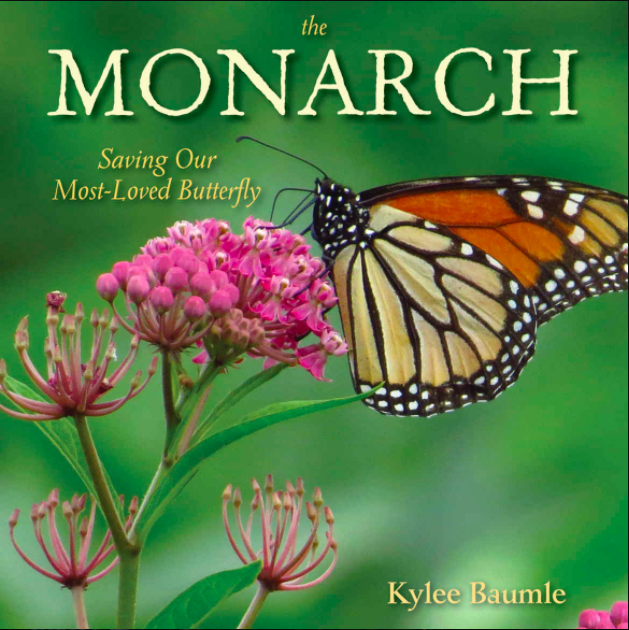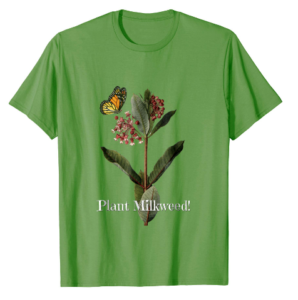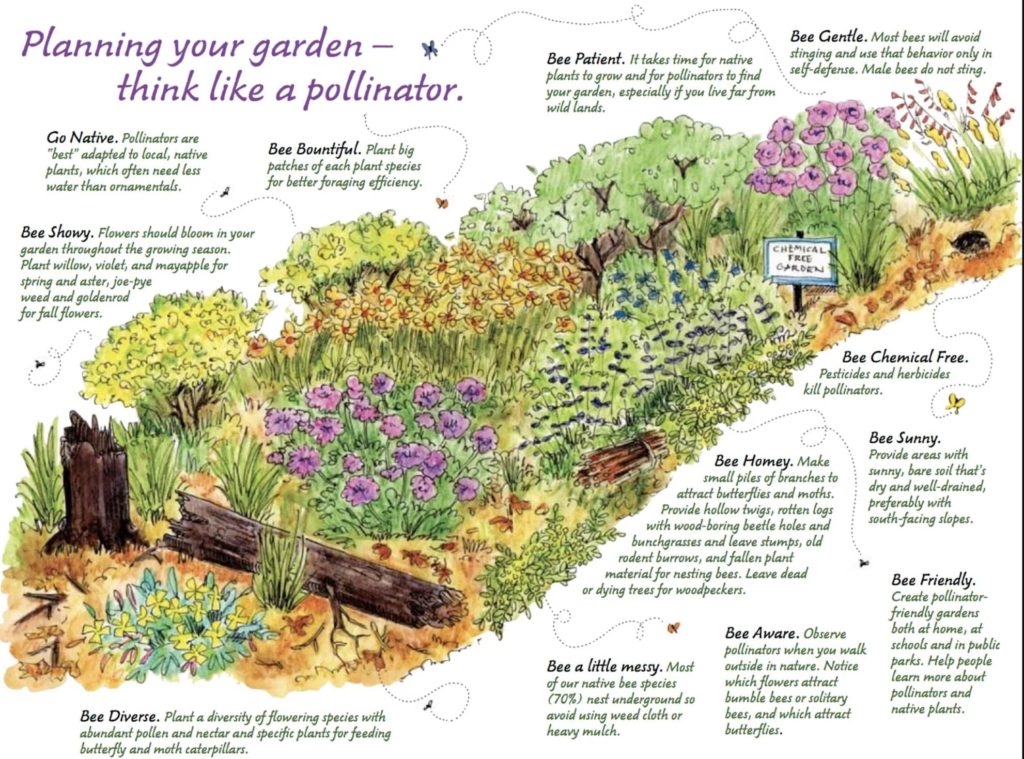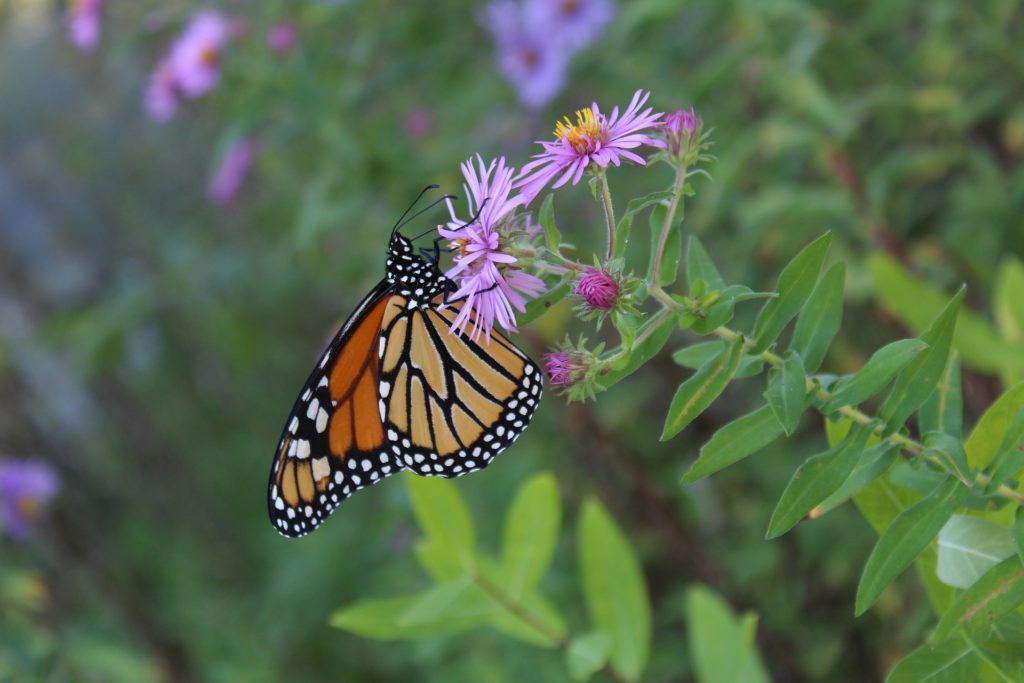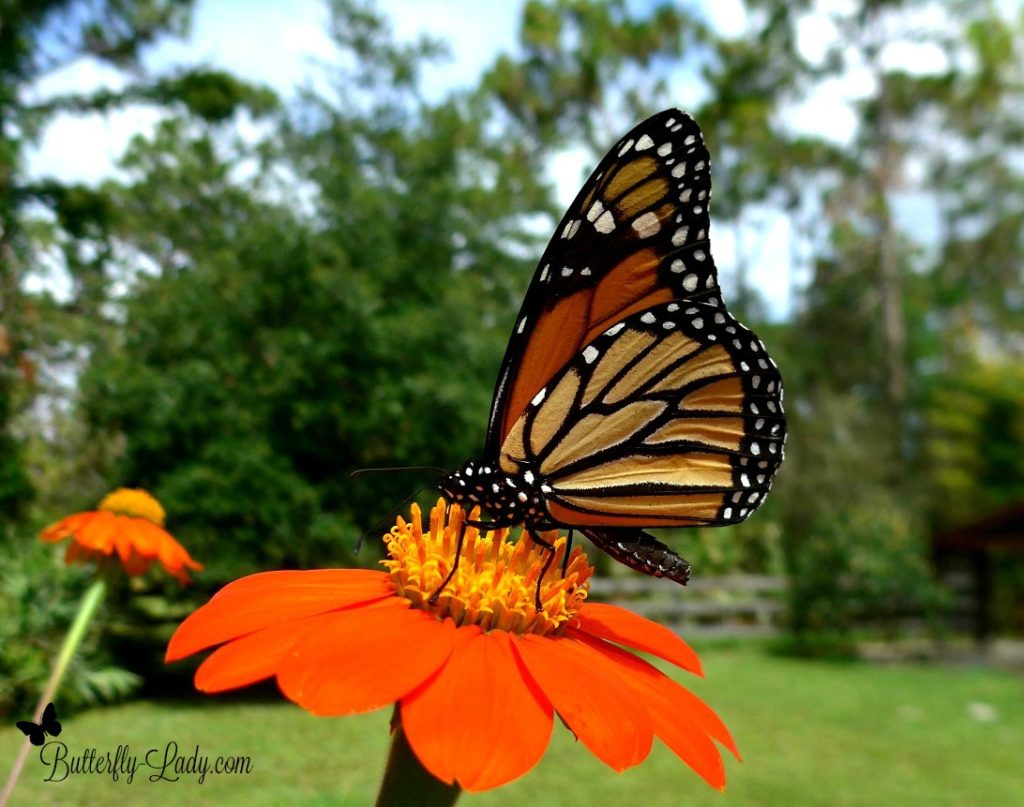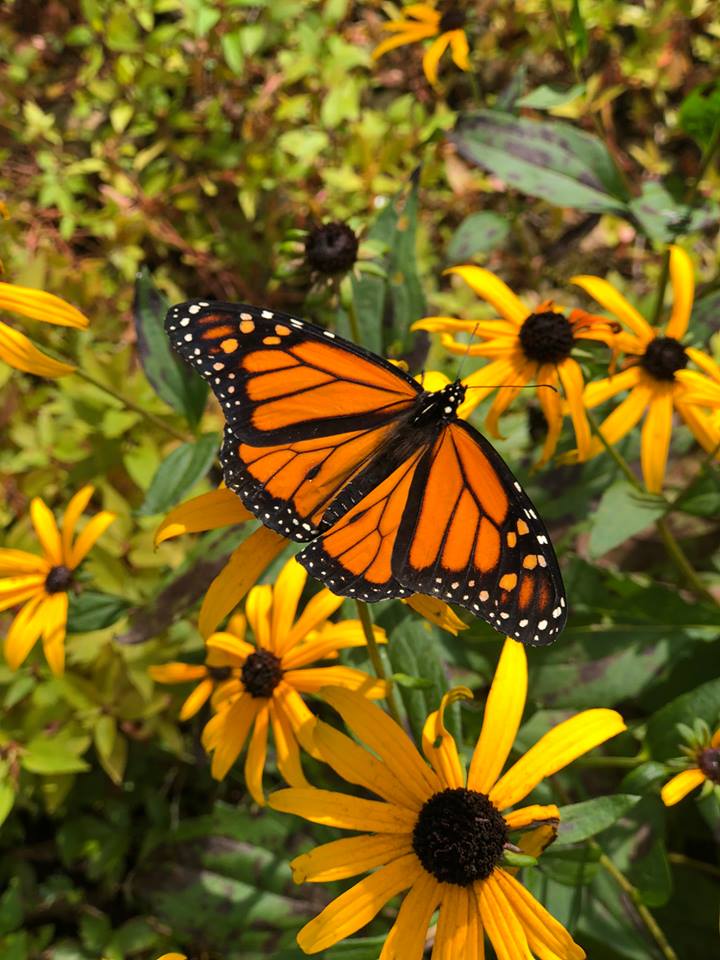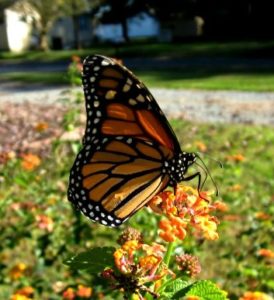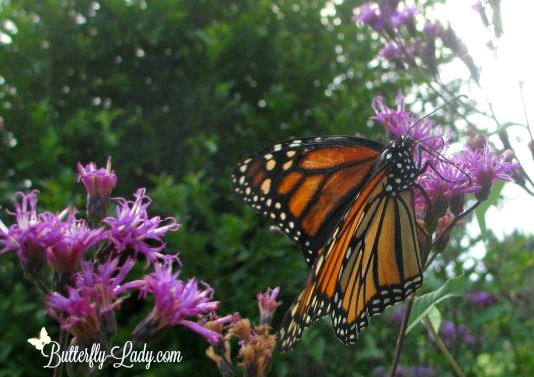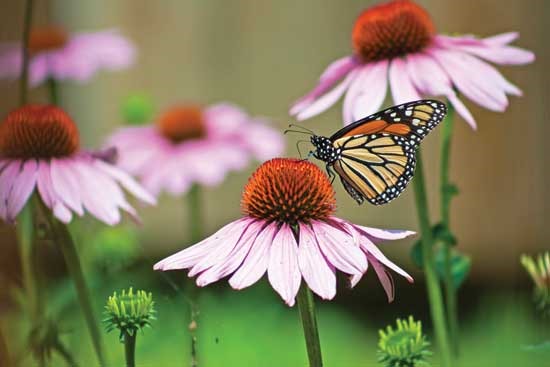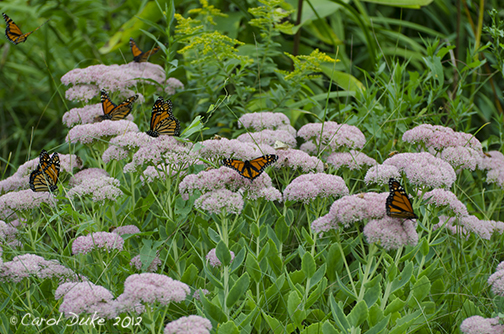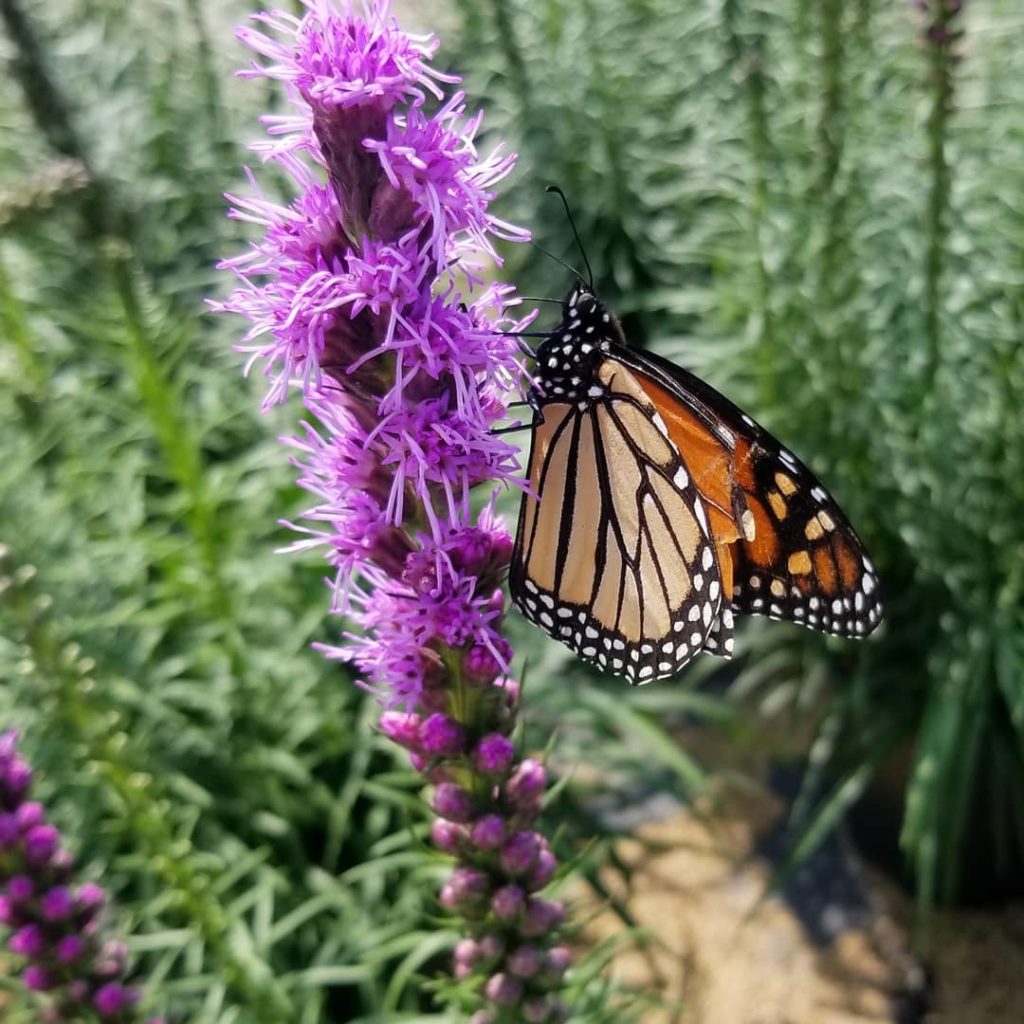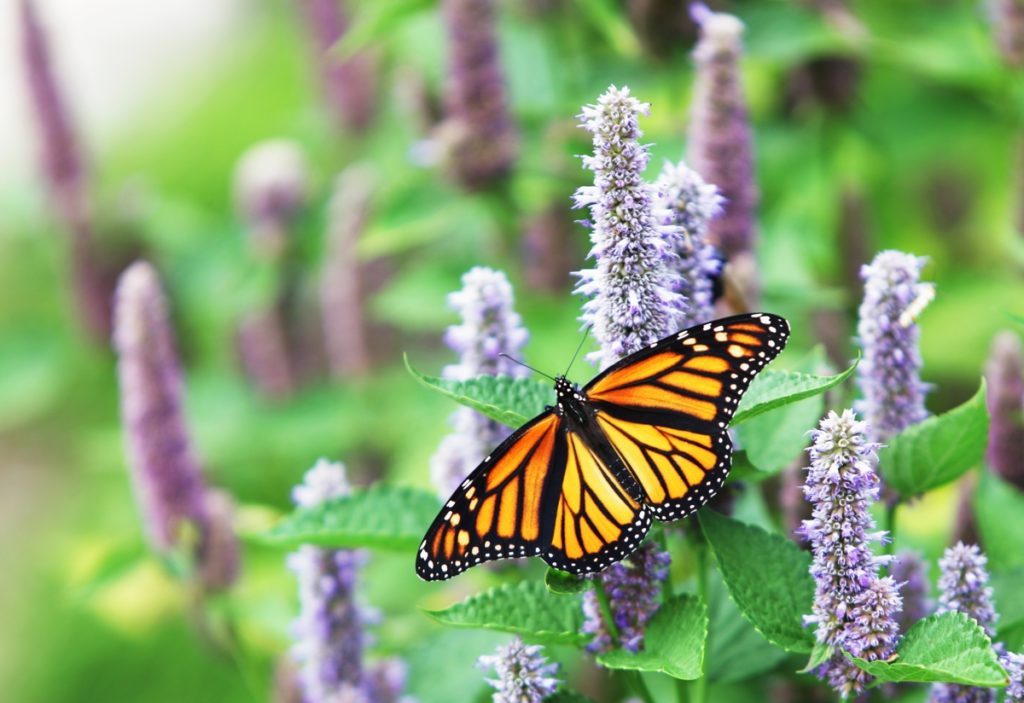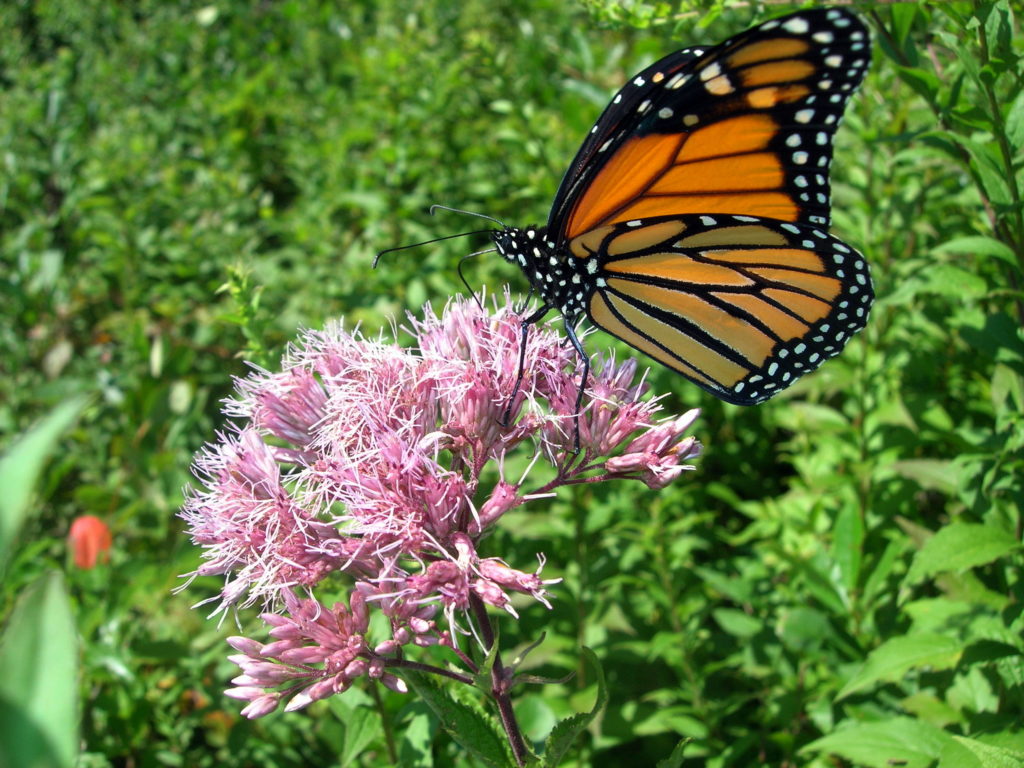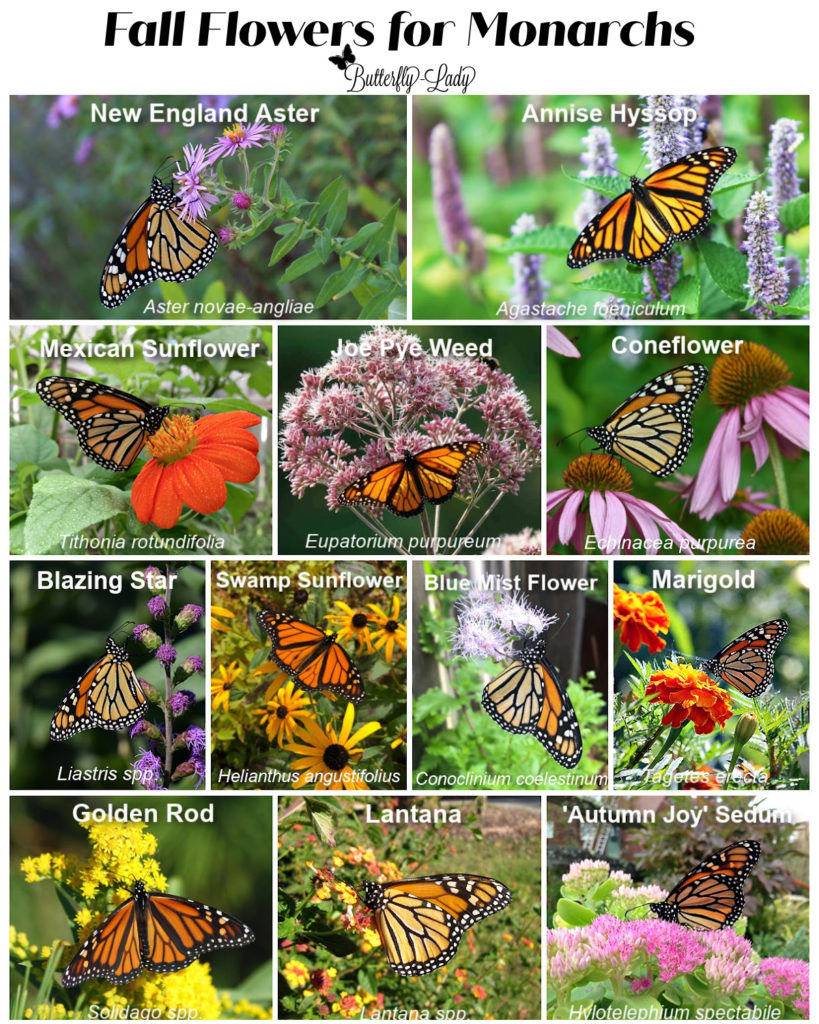A few years ago, I was at a farmers’ market in Cary, North Carolina, where I had a display of live Monarch (Danaus plexippus) butterflies. Monarch chrysalises inside clear containers were available so that people could observe the pupa up close. One woman was quite intrigued by the beauty of the chrysalis. After looking at the chrysalis for a long time, she asked me, “How did you manage to paint those little gold dots on there?”
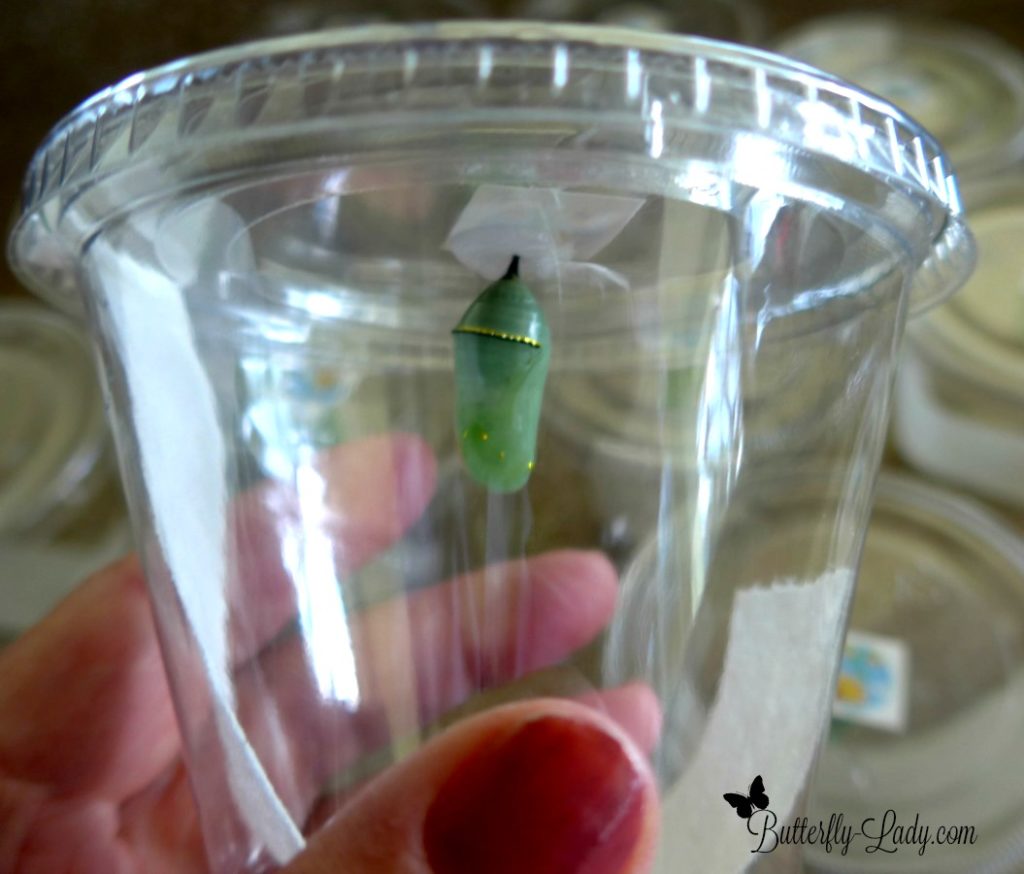
I suppose, if you look closely, the gold dots on a Monarch chrysalis do look like gold paint. It seems incredible that nature would adorn a living creature with a golden crown. Rick Mikula in The Family Butterfly Book, surmises that the early colonists of North America thought that the gold rim around the Monarch chrysalis reminded them of the king’s crown, so they named the butterfly “Monarch.”
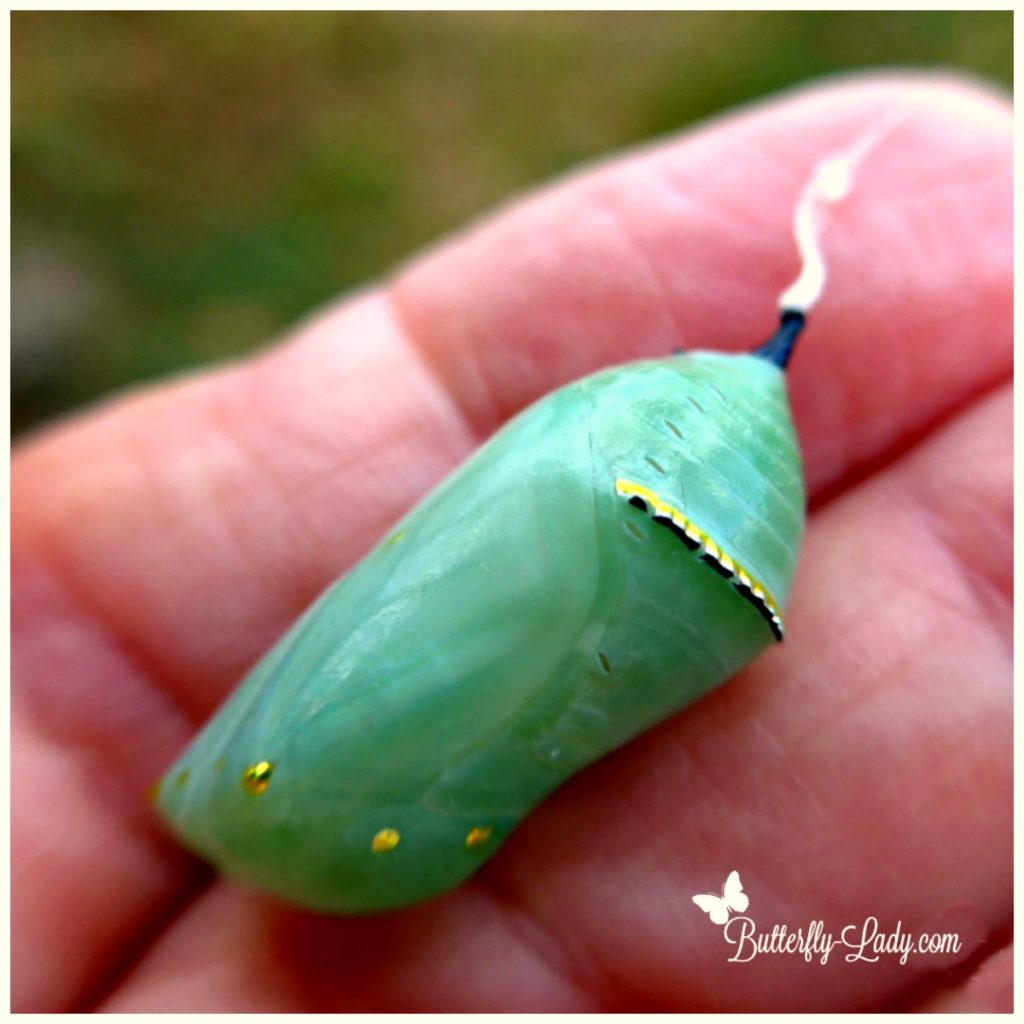
A group of researchers in Germany did a careful study of the properties of these spots. They are not metallic (so they aren’t really gold), but the cells reflect light like metals do, giving them the appearance of being metallic. The gold is created by a combination of a carotenoid pigment and a hill-like structure that reflects light from the peaks to create the golden sparkle.
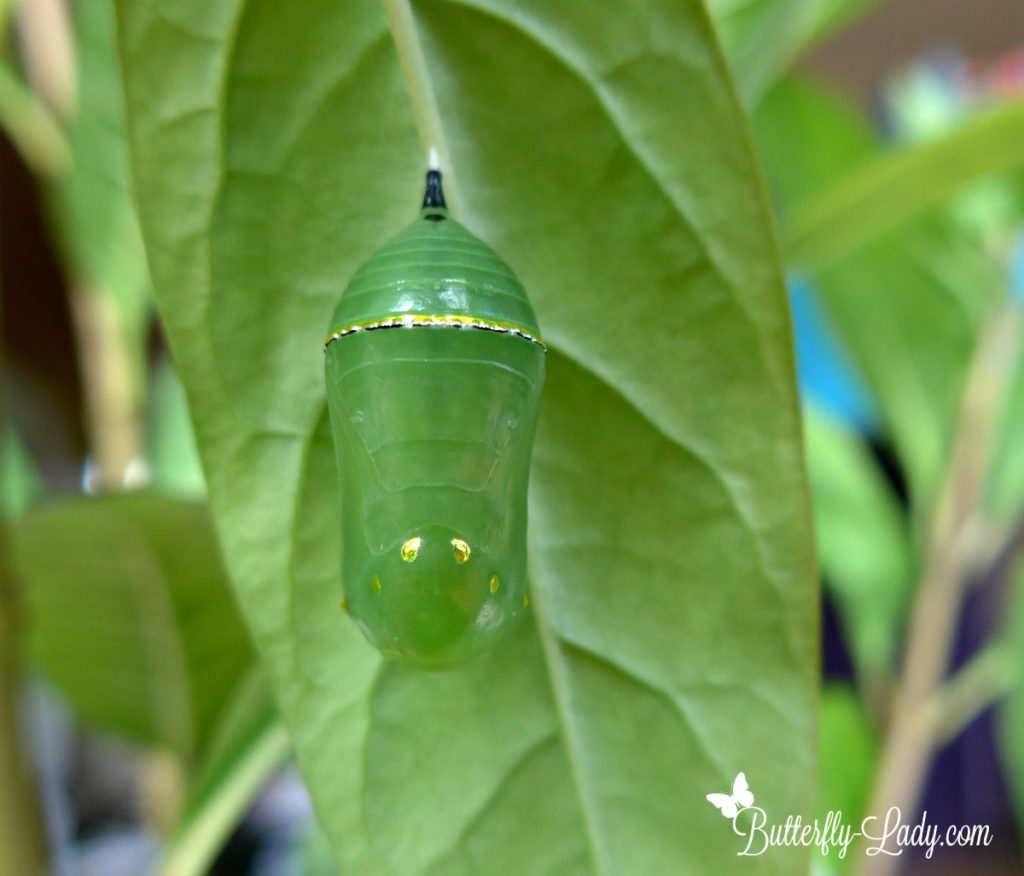
The scientists come to a few conclusions about the purposes of the metallic specks:
• Camouflage by reflecting colors of the surroundings and breaking up the shape of the pupa; they might also look like dew droplets.
• Warning coloration to predators that the pupa is toxic.
• Filtering particular wavelengths of light which might be harmful to the Monarchs.
Richard Stringer, in 2012, pioneered the use of various types of X-rays, MRIs and X-ray microtomography to peer inside a Monarch chrysalis and record the dramatic changes inside the chrysalis as it develops. His observations revealed that the gold spots on the outside of a chrysalis are ports of entry for oxygen.
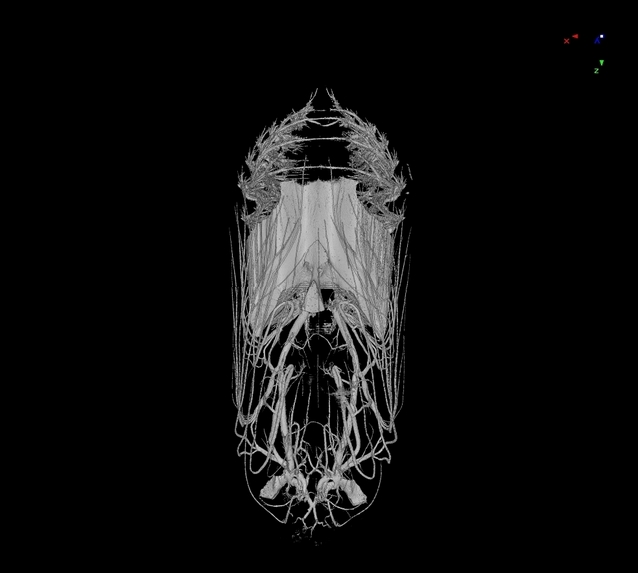
Interestingly, before those collecting and studying butterflies and moths became known as “lepidopterists,” they were known as “Aurelian”. Aurelian comes from the Latin word for gold, which referred to the early collectors’ searches for golden chrysalises. The word “chrysalis” itself originates from the Greek word “chryso,” which also means gold.
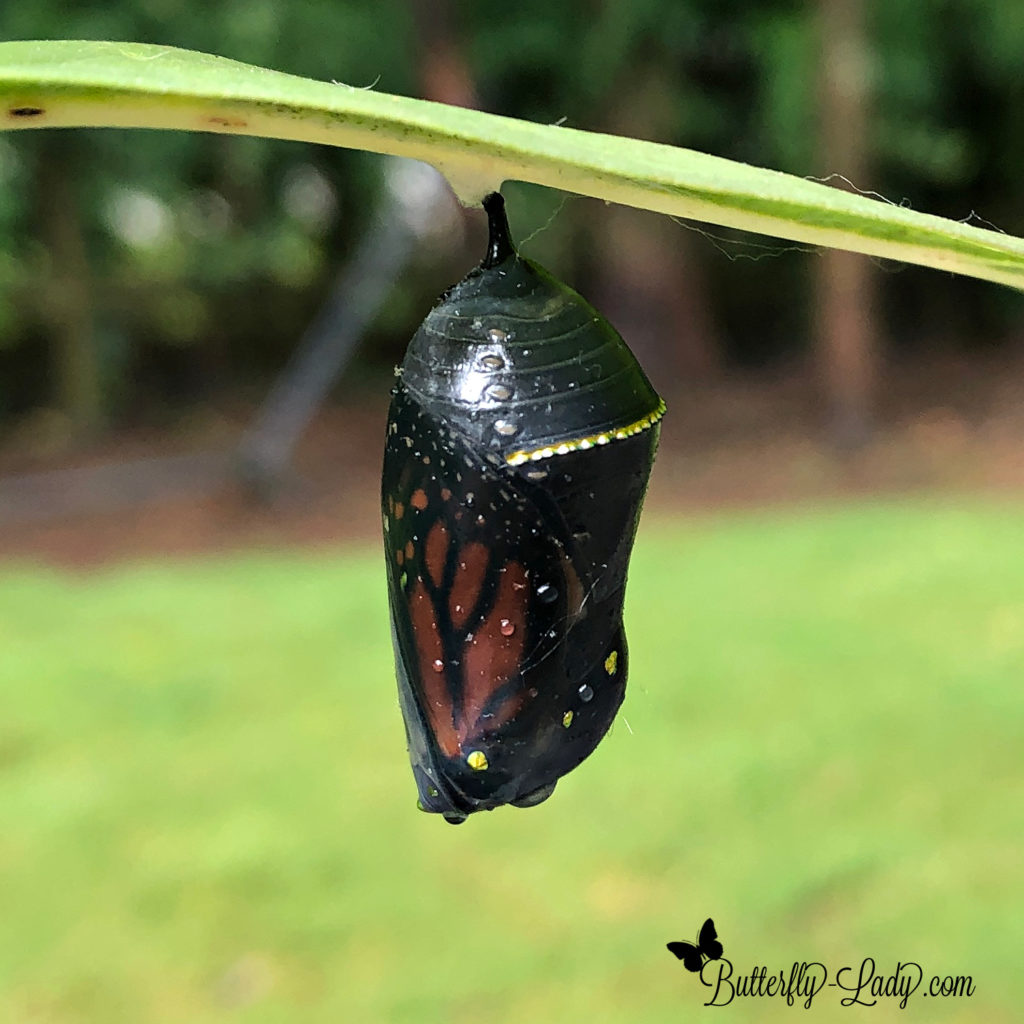
Gold is a precious metal associated with wealth, grandeur, and prosperity, as well as sparkle, glitz, and glamour. Monarch butterflies truly are precious, natural living creatures that symbolize all of the above.
